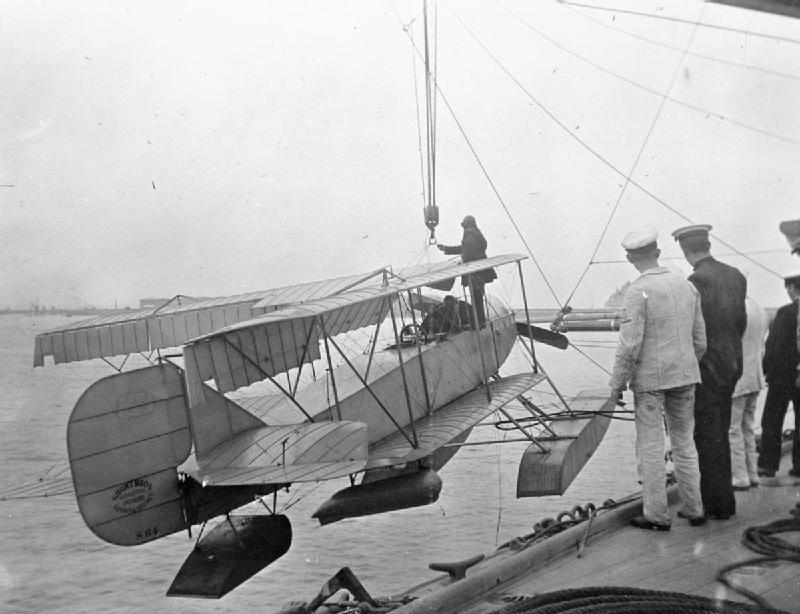Short Folder on:
[Wikipedia]
[Google]
[Amazon]
 Short Folder is a generic name often applied to several different Short Brothers' aircraft types designed and built prior to and during
Short Folder is a generic name often applied to several different Short Brothers' aircraft types designed and built prior to and during
Short Folder Seaplanes at flyingmachines.ru
{{Short Brothers aircraft 1910s British military reconnaissance aircraft Floatplanes Biplanes Folder
 Short Folder is a generic name often applied to several different Short Brothers' aircraft types designed and built prior to and during
Short Folder is a generic name often applied to several different Short Brothers' aircraft types designed and built prior to and during World War I
World War I (28 July 1914 11 November 1918), often abbreviated as WWI, was List of wars and anthropogenic disasters by death toll, one of the deadliest global conflicts in history. Belligerents included much of Europe, the Russian Empire, ...
. Short Brothers developed and patent
A patent is a type of intellectual property that gives its owner the legal right to exclude others from making, using, or selling an invention for a limited period of time in exchange for publishing an sufficiency of disclosure, enabling disclo ...
ed folding wing mechanisms for ship-borne aircraft from 1913
Events January
* January 5 – First Balkan War: Battle of Lemnos – Greek admiral Pavlos Kountouriotis forces the Turkish fleet to retreat to its base within the Dardanelles, from which it will not venture for the rest of the ...
; the wings were hinged so that they folded back horizontally alongside the fuselage (as shown in the image), reducing the storage space required for stowing them aboard ship.
Shorts produced many "folder" aircraft; in addition large numbers of Shorts' designs were produced by other companies, including Brush Electrical Engineering Co. Ltd., Robey & Co. Ltd., J Samuel White, Frederick Sage & Co. Ltd., S E Saunders Limited, Phoenix Dynamo Manufacturing Company
Phoenix Dynamo Manufacturing Company Limited of Hubert Street, Leeds Road, Bradford, Yorkshire, electrical engineers, manufactured small and large motors, alternators and generators at their Thornbury works. They briefly manufactured major aircra ...
, Supermarine Aviation Works Ltd., Mann, Egerton & Co. Ltd. and Westland Aircraft Works Ltd.
Short Folders saw service in many theatres of World War I, notably in the Cuxhaven Raid
The Raid on Cuxhaven (german: link=no, Weihnachtsangriff, Christmas Raid) was a British ship-based air-raid on the Imperial German Navy at Cuxhaven mounted on Christmas Day, 1914.
Aircraft of the Royal Naval Air Service were carried to with ...
in 1914, in the Dardanelles
The Dardanelles (; tr, Çanakkale Boğazı, lit=Strait of Çanakkale, el, Δαρδανέλλια, translit=Dardanéllia), also known as the Strait of Gallipoli from the Gallipoli peninsula or from Classical Antiquity as the Hellespont (; ...
and in the disabling of the SMS ''Königsberg'' in East Africa in July 1915. The theatres of war served by the various "folders" ranged from the Arctic Circle through the Mediterranean and Africa to Mesopotamia, although the engines of the time did not perform ideally in hot climates and elevated altitudes.
After World War I, most were retired, although some remained in service with the Greek Navy into the 1920s and with the Estonian Air Force
The Estonian Air Force ( et, Õhuvägi, ) is the aviation branch of the Estonian Defence Forces. The air force traces its history to 1918, and was re-established in its current form in 1991.
As of 2016, the Estonian Air Force has a strength of ...
into the 1930s.
Short Brothers First World War folding-aircraft types
(approximate numbers produced in brackets) * Short S.41 type - experimental prototype (3) * Short S.63 type - reconnaissance seaplane (4) * Short Type 81 - reconnaissance/bombing/torpedo-carrying seaplane (5) *Short Type 166
The Short Type 166 was a 1910s British two-seat reconnaissance, bombing and torpedo-carrying folder seaplane, designed by Short Brothers.
Development
The Short Type 166 was designed as a 'folder' aircraft to operate from the Ark Royal as a tor ...
- reconnaissance/bombing seaplane (26)
* Short Type 184 - reconnaissance/bombing/torpedo-carrying seaplane (936)
* Short Bomber
The Short Bomber was a British two-seat long-range reconnaissance, bombing and torpedo-carrying aircraft designed by Short Brothers as a land-based development of the very successful Short Type 184 (of which more than 900 were built and many exp ...
- long-range landplane bomber (83)
* Short Type 827 - reconnaissance/bombing seaplane (108)
* Short Type 830
The Short Type 827 was a 1910s British two-seat reconnaissance floatplane. It was also known as the Short Admiralty Type 827.
Design and development
The Short Type 827 was a two-bay biplane with unswept unequal-span wings, a slightly smaller ...
- reconnaissance/bombing seaplane (18)
* Short 310 - reconnaissance seaplane/torpedo bomber (128)
* Type 320 - reconnaissance seaplane/torpedo bomber (127)
Eight modified Type 830s were produced with a different engine (100 hp Gnome-Monosoupapes instead of the 135 hp Salmson engines)Barnes and James,p.102
Later Short Brothers folding-aircraft types
(year of first flight in brackets) * Short N1B Shirl - shipborne torpedo-bomber (1919) * Short Sporting Type - commercial biplane floatplane (1919) * Short SA.1 Sturgeon - prototype anti-submarine aircraft (1946) * Short SB.6 Seamew - anti-submarine aircraft (1953)References
External links
Short Folder Seaplanes at flyingmachines.ru
{{Short Brothers aircraft 1910s British military reconnaissance aircraft Floatplanes Biplanes Folder